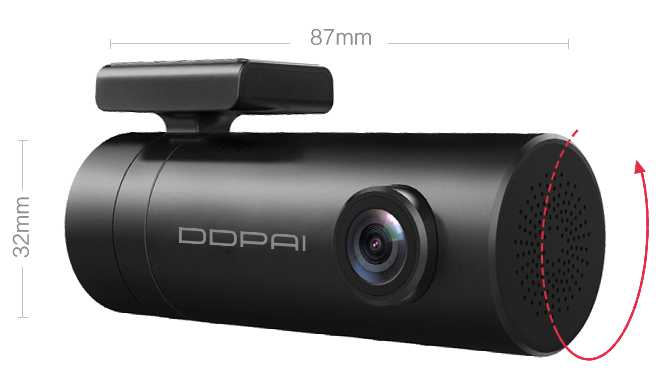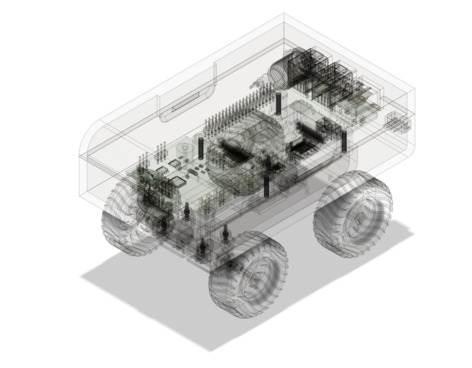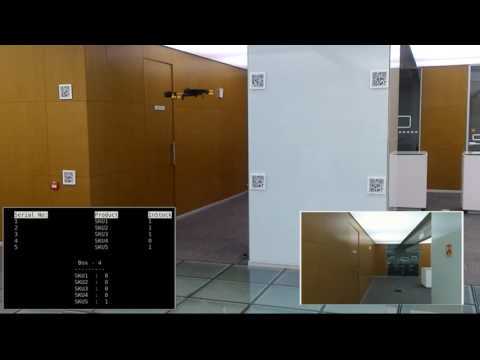
I have been looking for a good mid range Dash cam for my car. I was thinking to integrate this to my custom build infotainment system. For this, there need to be some option to get live stream. I bought this DDPAI Mini Car Dash Camera from Amazon Link (Official site Link), but I was not sure whether I can access the live stream or not. The product looks good, companion app works smooth also, and there is live stream in the app. My goal was to figure out a way to get live stream so that I can use it in my program. May be have a look at it’s firmware and do some little hack if possible.





